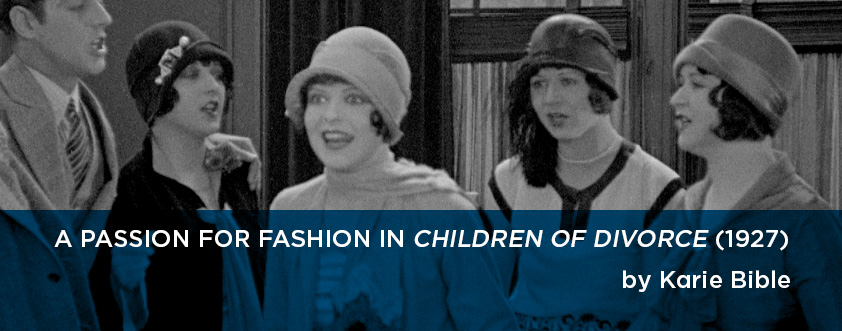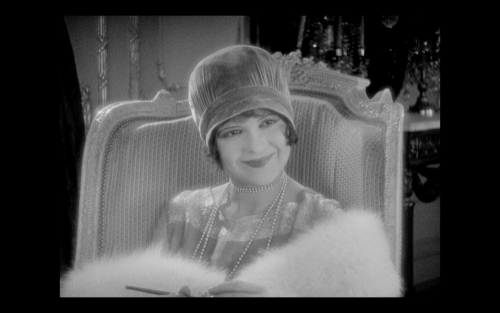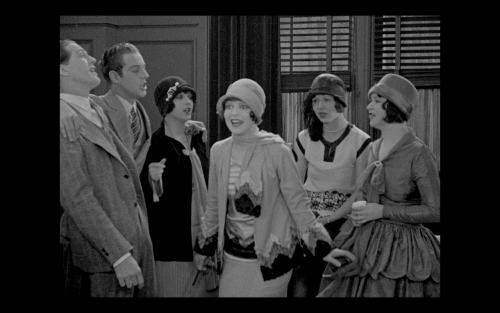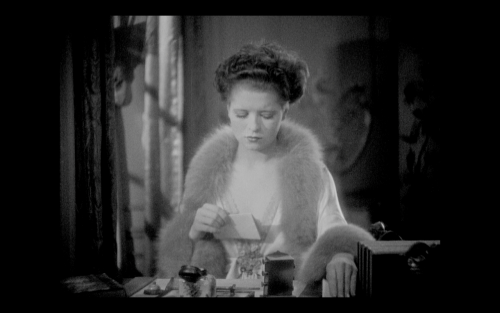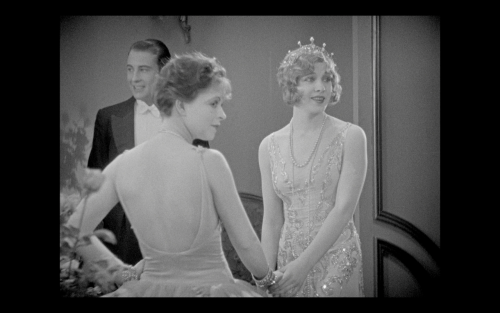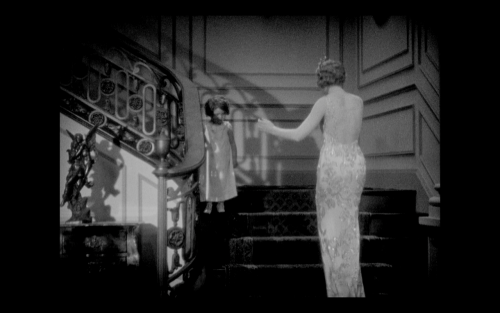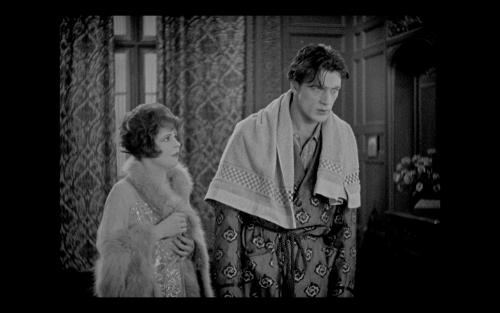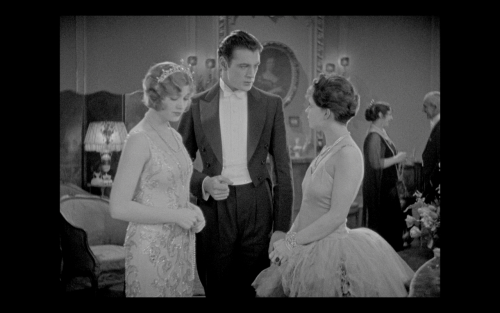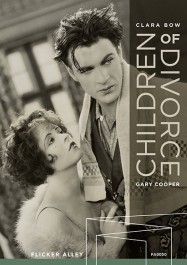Flicker Alley is proud to present the following essay by Karie Bible.
Karie Bible is the in-house tour guide at Hollywood Forever Cemetery and has been there since 2002. She also co-wrote the books “Location Filming in Los Angeles” and “Hollywood Celebrates the Holidays.” You can find her at cemeterytour.com or Facebook.
After the devastation of WWI, the twenties brought about a new and radically altered landscape to American life. It was a decade of economic prosperity allowing the masses to have automobiles, radios and items that were previously thought to be luxuries. Movies rapidly became a major cultural influence. Jazz music soared in popularity. In early 1920 Prohibition went into effect, banning the production and sale of alcohol, prompting the rise of speakeasies and homemade bathtub gin.
The year 1920 also brought about another seismic shift when women won the right to vote. Women also worked to exert their independence through obtaining jobs and even smoking in public. Bobbed hair became extremely popular in obtaining a new, modern look and in some cases even shocking the old guard. When Mary Pickford bobbed her famous curls, it made the front page of the New York Times. There were plenty of available examples of women who rejected the societal norms and sought a new way of life.
This brief context serves to remind us that fashion doesn’t exist in a vacuum. It is directly affected by political, economic, artistic and social change. After the more restrictive, modest clothes that defined the previous era, the twenties ushered in a whole new aesthetic. Women’s newfound liberation was reflected in the relaxed silhouettes and shortened hemlines that would emerge in the latter half of the decade. The first sexual revolution had begun and Clara Bow led the charge. She was risqué and thoroughly unapologetic. Author F. Scott Fitzgerald described her as “Someone to stir every pulse in the nation.”
The film Children of Divorce ably demonstrates the fashion evolution that was on display at the time. For day wear, dresses had a drop waist and a loose fit with a hemline just below the knee. The bell shaped hat (“cloche” in French) was a staple of daywear. Through Bow’s meteoric rise, she became the most famous flapper in Hollywood and had a huge impact on fashion. Many stars of the day carried an air of sophistication, but Bow came across as an ordinary working girl and fans could identify with her. Women wanted to emulate her sexy, seemingly effortless style on-screen and off. In 1927 Sears, Roebuck and Co. even launched a line of signature Clara Bow cloche hats for their catalogue.
The still to the left shows off several examples of twenties daywear, cloche hats and Bow’s vibrant on-screen presence. In 1925 the bold, geometric style that would later be known as Art Deco was unveiled in Paris. It was very influential on architecture, jewelry, interior design and fashion. Note that the scarf and lower half of Bow’s dress reflects the chevron pattern that was a very popular deco motif.
Nighttime or boudoir clothing took on a more extravagant tone during the twenties. Negligees were also referred to as “hostess coats” and combined delicate fabric with decadent trim often in fur, lace or ostrich feathers. These were meant for entertaining, but not for practical purposes. Bow often wore revealing boudoir clothing in her films and it certainly helped drive fans into the theatre.
The evening wear of the twenties started out as loose fitting, but grew increasingly provocative with sheer panels and ample displays of flesh. While the style of the day downplayed décolletage, it showcased a generous view of the back. In the still below (left), Clara Bow and co-star Esther Ralston both sport sterling examples of late twenties evening attire. Note the extremely tight, curve-hugging silhouette of Esther Ralston’s gown in the second still (below right). While the ideal at the time often emphasized a boyish look, that wasn’t a hard and fast rule. Some women discarded their corsets, while others used them to bind their breasts. The point was that perhaps for the first time, they had a choice in the matter. Fashion of the era can best be described by one word: “freedom.”
Lest we forget the male fashion of the era, the clothing worn by Gary Cooper is also reflective of styles at the time. Historically, men’s clothing hasn’t changed as rapidly as styles have for women. In the scene pictured at right, Cooper dons a “dressing gown,” which is a longer variant of the popular smoking jacket. These often featured luxurious textiles, geometric prints and had a tasseled chord to tie at the waist.
Cooper wears several suits and a tuxedo during the film that all feature clean lines and expert tailoring. During the early part of the twenties, pants were tight and extremely fitted. They transitioned to a much more wide legged style toward the middle of the decade. Cooper’s tuxedo (left) is strikingly modern and remains very similar to what men wear for formal occasions today.
While Children of Divorce doesn’t have an official screen credit for costume design, it was the work of Travis Banton. He arrived at Paramount in 1925 and rose through the ranks to become head fashion designer, remaining at the studio until 1938. Banton’s work often included intricate designs and textured fabrics that showcased the actresses and maximized their assets. Throughout the 1930s he collaborated with Marlene Dietrich, Mae West and Carole Lombard to create an array of unforgettable designs. The Academy of Motion Picture Arts and Sciences didn’t create an award for Best Costume Design until 1947, but Banton received a posthumous Hall of Fame Award from the Costume Designers Guild in 1999 for his body of work. To date, he is considered one of the most influential costumers in film history.
Pre-order Children of Divorce on Dual-Format Edition Blu-ray/DVD for release on December 6, 2016 and SAVE 25% OFF MSRP for a limited time! Hurry—the Special Sale price of $29.95 ends soon!
Never miss a blog post! Sign up for our RSS feed using the form below to receive e-mail notifications of new blog posts!

